1. Streaming Killed Video Rental Stores
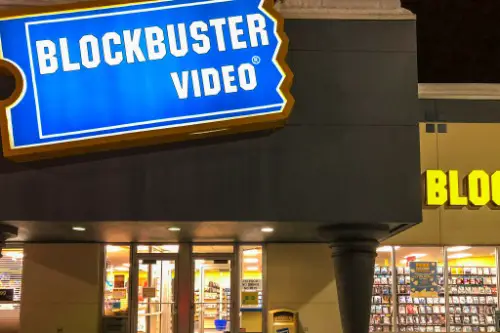
Back in the ’90s, going to Blockbuster on a Friday night was a ritual. You’d wander the aisles, read the back of VHS boxes, and hope your top pick wasn’t already rented out. Then came Netflix, first with DVDs by mail and later with streaming, which completely changed how we watch movies. Today, video rental stores are almost extinct, The Guardian reports, and we can watch whatever we want, whenever we want, without leaving the couch.
While streaming is convenient, it’s taken away the excitement of discovering hidden gems at the rental store. There’s no more debating with friends over which movie to pick or dealing with late fees. Instead, we now spend more time scrolling through endless options than actually watching something. The shift to streaming has also hurt movie theaters, as more people choose to watch new releases at home.
2. Shopping Went from Malls to Clicks
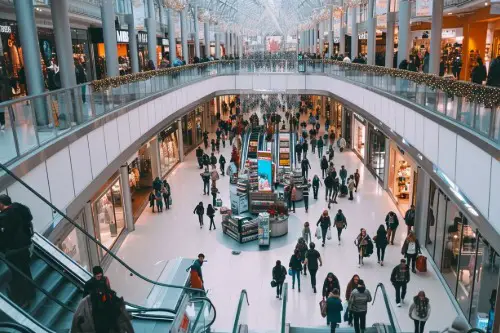
In the ’90s, the mall was the social hub, where teens hung out, families shopped, and food courts were packed. But according to PBS, today, online shopping has largely replaced in-person retail, with giants like Amazon offering everything from clothes to groceries at the click of a button. Many malls have shut down, unable to compete with the convenience of next-day delivery. What was once an American pastime is now a struggling industry.
This shift has made shopping easier but also more impersonal. People no longer browse stores for fun, instead relying on reviews and algorithms to decide what to buy. Brick-and-mortar stores struggle to keep up, and many small businesses have suffered. While online shopping is undeniably convenient, it’s made the experience of going out to shop feel almost nostalgic.
3. Social Media Took Over Our Lives
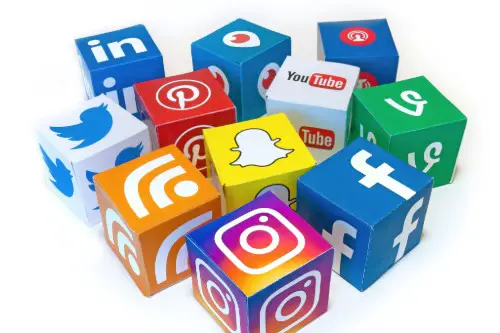
In the ’90s, social media wasn’t even a concept—people interacted face-to-face or through phone calls. Fast forward to today, and platforms like Facebook, Instagram, and TikTok dominate our time, shaping how we communicate, get news, and even define success, according to American Public University. Personal moments that were once private are now broadcast to the world, often curated to look perfect. The pressure to maintain an online persona has changed how people see themselves and others.
This digital shift has had both positive and negative effects. On one hand, social media connects us with friends, spreads awareness, and gives people a platform to share their voices. On the other hand, it fuels comparison, misinformation, and mental health issues, especially among younger generations. The line between reality and social media has blurred, making it harder to distinguish authentic moments from staged ones.
4. The Internet Took Over Everything
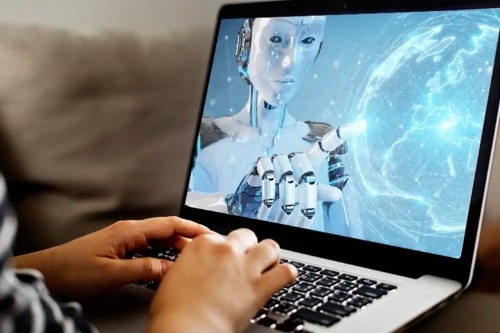
In the ’90s, the internet was a clunky, slow novelty that required a dial-up connection and kicked you off when someone picked up the phone. Today, it’s the backbone of modern life, controlling everything from banking to dating, according to Complex. Social media didn’t even exist back then, and now it’s where people get their news, argue about politics, and even build careers. The internet has become so essential that being offline for a day feels like being stranded on a desert island.
This shift has completely transformed how we interact, work, and even think. Remote jobs, online shopping, and streaming services have replaced office commutes, mall hangouts, and video rental stores. Kids today will never understand the struggle of waiting for a website to load or choosing the perfect AIM away message. While the internet has made life more convenient, it’s also made us more dependent on screens than ever before.
5. Cell Phones Replaced Landlines—And Everything Else
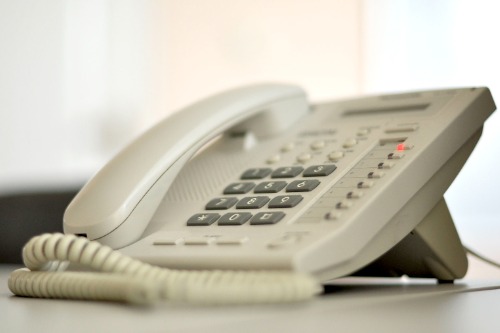
In the ’90s, having a cell phone was a luxury, and they were basically bricks with antennas. Most people still relied on landlines, memorized phone numbers, and left messages on answering machines. Now, smartphones have replaced not just landlines but also cameras, maps, calculators, alarm clocks, and even wallets. The idea of being unreachable for a few hours is almost unthinkable today, The Washington Post reports.
This change has made life easier, but it’s also created new problems. People are constantly connected, leading to issues like smartphone addiction and the decline of face-to-face conversations. The expectation to always be available has blurred the lines between work and personal life. While cell phones keep us connected, they’ve also made it harder to truly unplug and be present in the moment.
6. Privacy Became Almost Nonexistent
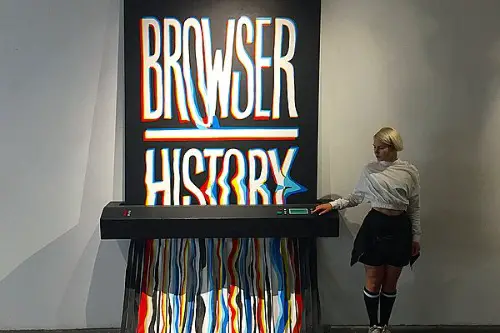
In the ’90s, privacy was taken for granted—your information wasn’t stored online, and people weren’t constantly tracked. Now, almost everything we do leaves a digital footprint, from what we search on Google to where we go with GPS tracking. Tech companies collect massive amounts of data, often without users fully understanding how it’s used. Security breaches and identity theft are now common concerns.
This erosion of privacy has made people more cautious about what they share. However, many still trade their personal data for convenience, whether it’s using smart home devices or agreeing to terms they never read. Governments and corporations have more access to our personal lives than ever before. While technology has made life easier, it has also made it harder to stay truly private.
7. Cash Is Dying Out

In the ’90s, cash was king, and credit cards were used mainly for big purchases. Today, digital payments like Apple Pay, Venmo, and credit cards dominate, and many places don’t even accept cash anymore. This shift has made transactions faster but also raised concerns about security and financial surveillance. It’s easier to spend money now, but also easier to lose track of it.
While digital payments are convenient, they come with risks. Cybercrime and data breaches put people’s financial information at risk. Plus, relying on digital payments means that in a tech outage, you might not be able to buy anything at all. The disappearance of cash has also made tipping and budgeting more complicated for many people.
8. News Became a 24/7 Sensation

In the ’90s, people got their news from newspapers, the evening news, or the occasional breaking story on TV. Today, news is instant, constant, and often overwhelming, thanks to social media and 24-hour news networks. The demand for rapid updates has led to sensationalism, misinformation, and political polarization. Instead of waiting for well-researched reports, people now consume headlines in real time, often without fact-checking.
This shift has made it harder to escape the news cycle. Stress and anxiety related to world events are more common than ever. People often live in information bubbles, only seeing news that aligns with their views. While instant news can be valuable, the lack of nuance and depth has changed how we process information.
9. Work Became More Remote and Less Stable

In the ’90s, most people worked traditional 9-to-5 jobs in offices, factories, or stores. Today, remote work, gig jobs, and side hustles have replaced much of that stability. Many companies now allow employees to work from home, and freelancing platforms have created new ways to earn a living. While flexibility has increased, so has job insecurity, with fewer long-term careers and more short-term contracts.
This shift has changed everything from office culture to commuting habits. Fewer people are tied to a single employer for decades, and benefits like pensions and job security are harder to come by. The pandemic accelerated the move toward remote work, making Zoom meetings and home offices the new norm. While some enjoy the freedom, others miss the structure and stability of traditional jobs.
10. Parenting Became More Intense
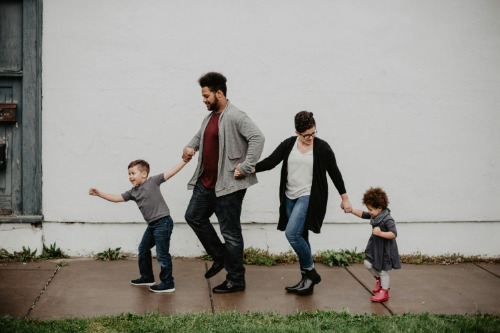
Parenting in the ’90s was much more relaxed—kids played outside unsupervised, walked to school alone, and weren’t constantly scheduled. Today, parenting has become more hands-on, with helicopter parenting, intensive extracurriculars, and constant monitoring through technology. Many parents now track their kids’ locations with apps and supervise every aspect of their lives. The fear of letting kids roam freely has changed childhood itself.
This shift has been driven by safety concerns, competition, and changing social norms. Parents feel pressure to be hyper-involved in their children’s education, activities, and social lives. While kids today have more opportunities, they also have less independence than previous generations. The balance between protection and freedom has become a major debate in modern parenting.
11. Food Got Faster, But Not Always Healthier
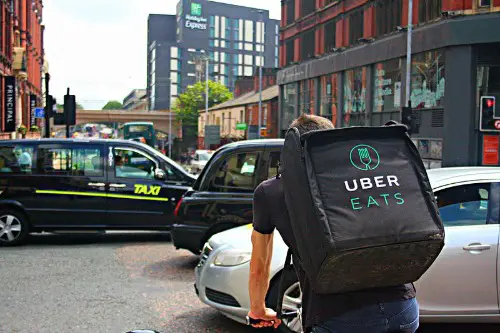
In the ’90s, fast food was popular, but home-cooked meals and sit-down dinners were still common. Today, the rise of food delivery apps, meal kits, and drive-thru culture has made quick, convenient food more accessible than ever. While some healthier options exist, much of the food industry still prioritizes speed over nutrition. Obesity rates have climbed, and many people struggle with processed, high-calorie diets.
At the same time, organic food, plant-based diets, and food-conscious movements have grown. More people are paying attention to what they eat, but the temptation of convenience often wins out. Cooking at home has become less common, and many people rely on takeout and prepackaged meals. While we have more food choices than ever, eating well requires more effort than it used to.
12. Travel Became Cheaper and More Accessible
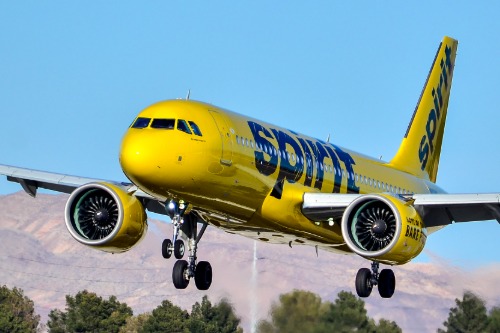
In the ’90s, flying was expensive, and international travel was a luxury for most Americans. Today, budget airlines, travel apps, and Airbnb have made travel more affordable and accessible. More people are exploring the world, but overcrowded tourist spots and rising travel fees have also become issues. While it’s easier to travel than ever, the experience has changed in unexpected ways.
With cheap flights and digital nomad culture, many people are working remotely while traveling the world. However, mass tourism has led to environmental concerns and cities struggling with too many visitors. Air travel is more affordable, but hidden fees and shrinking legroom make flying less comfortable. While the world feels smaller, finding an “undiscovered” destination is harder than ever.
13. Attitudes Toward Mental Health Have Changed Drastically

In the ’90s, mental health was rarely discussed openly, and therapy was often stigmatized. Today, conversations about anxiety, depression, and self-care are everywhere, from social media to workplaces. More people are seeking therapy, and mental health is taken more seriously than ever before. The rise of apps, hotlines, and awareness campaigns has made resources more accessible.
However, the mental health crisis has also worsened in some ways. Social media, job stress, and modern lifestyles have contributed to rising anxiety and depression rates. While awareness is higher, many people still struggle to access affordable mental health care. The conversation has changed for the better, but the challenges of modern life continue to take a toll.


